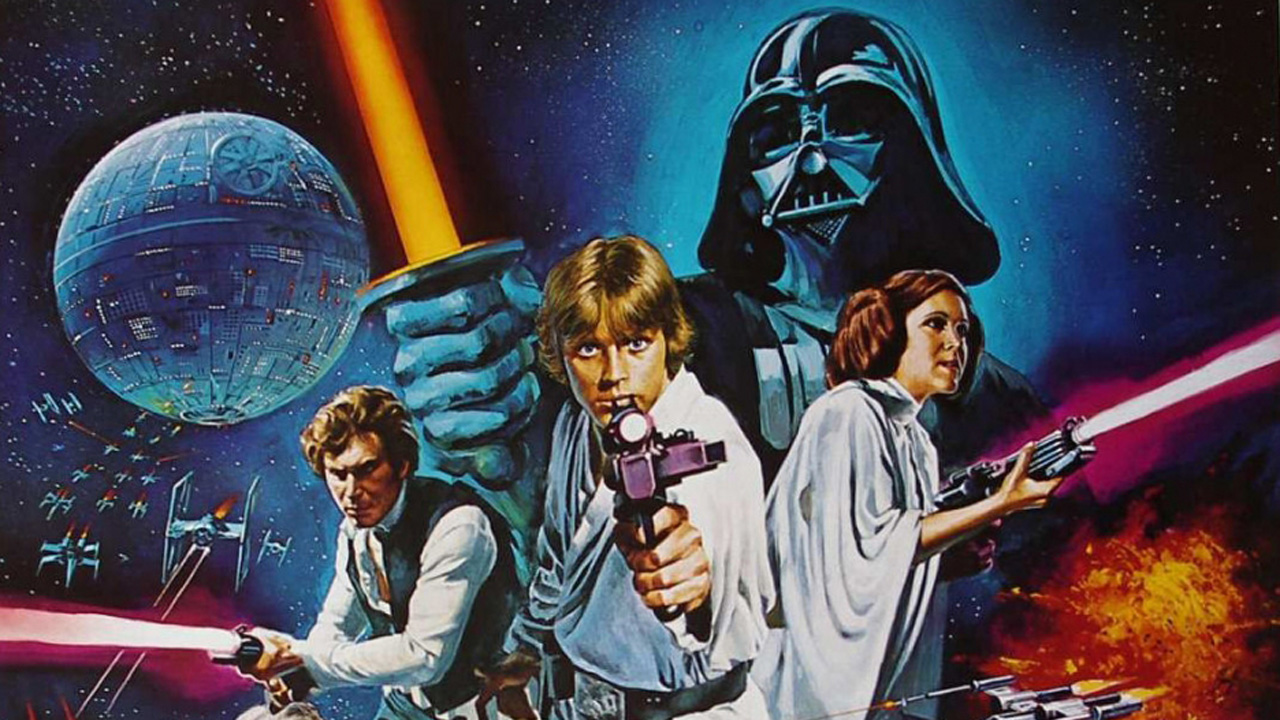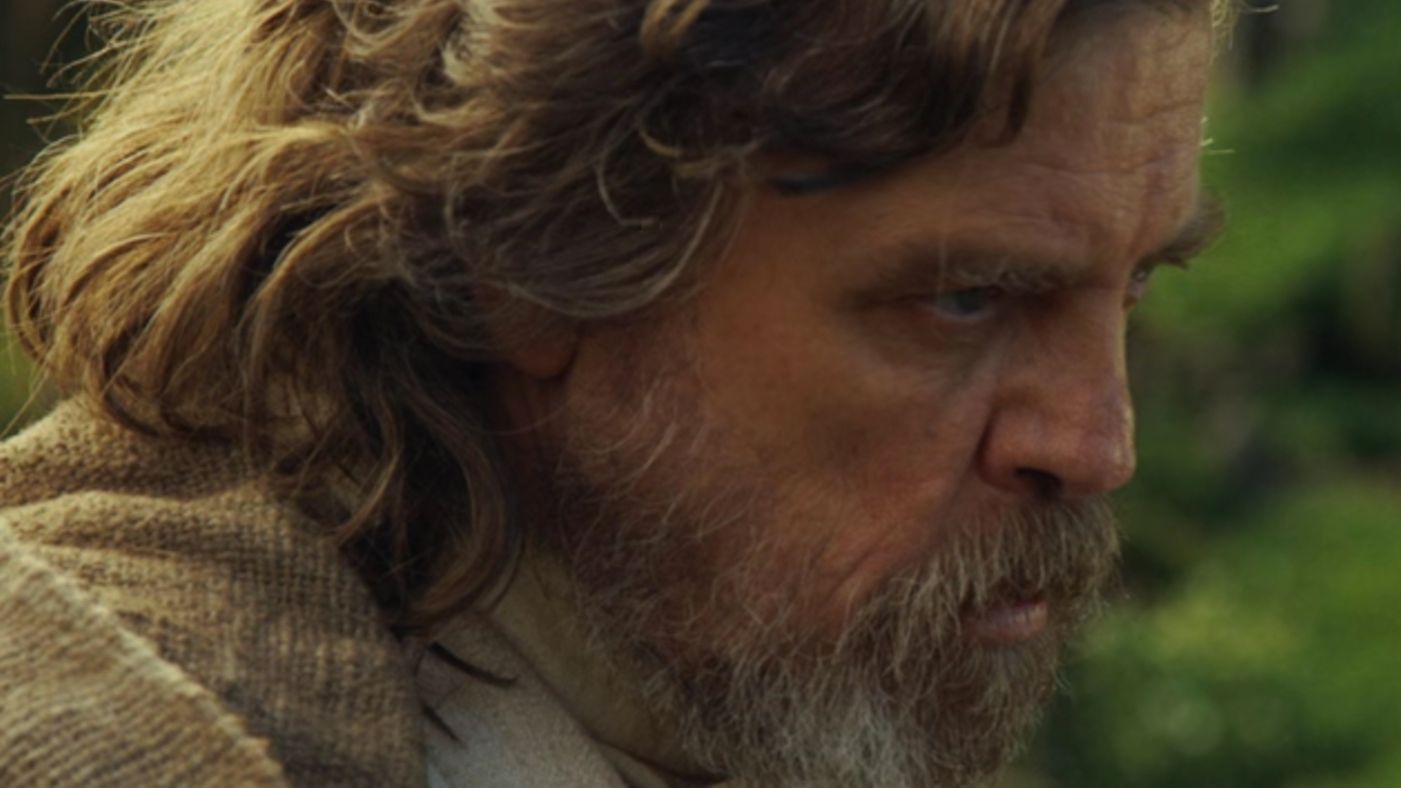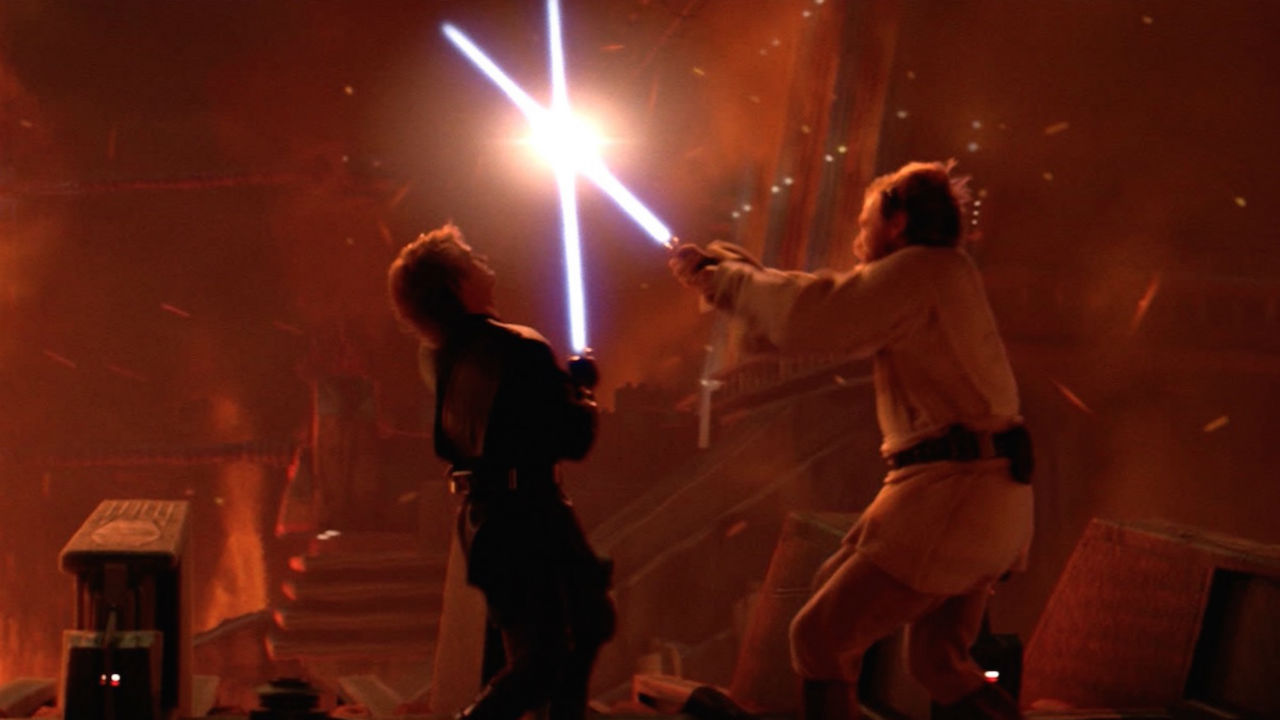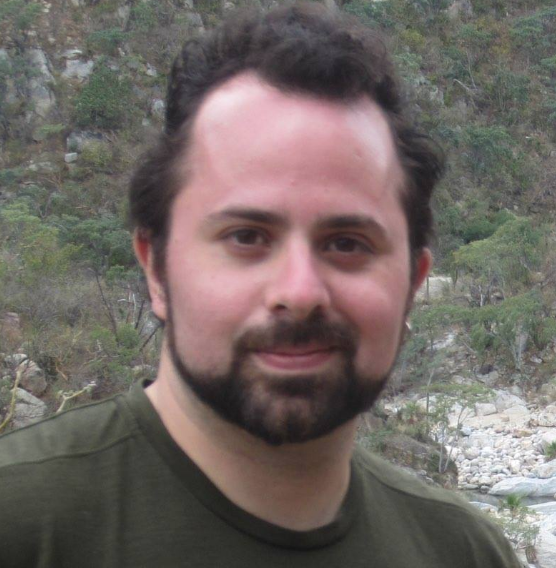If Star Wars is going to survive, it has to let go of its addiction to the past

“An elegant weapon for a more civilized age,” says old Ben Kenobi, explaining to Luke Skywalker for the first time precisely what a lightsaber is and what it used to be for. “For over a thousand generations the Jedi Knights were the guardians of peace and justice in the Old Republic. Before the dark times, before the Empire.” Luke, already desperate to get the hell off Tatooine, is lit on fire by stories of a gilded age when noble warrior monks and his own lost father fought against evil and tyranny. And so are we.
It’s this scene, even more so than the enigmatic opening telling us this all happened a long time ago, where an obsession with the past took root in Star Wars. Fans spent years clawing at scraps of lore to get at the history Obi-Wan hinted at, poring over obscure Rolling Stone interviews with George Lucas, Dark Horse’s Tales of the Jedi comics, and even sketches for aborted ‘80s action figures depicting the Clone Wars long before the prequels. That preoccupation with revealing those unseen glory days has proven to be the series’ greatest weakness, though. The past is a source of profound power in Star Wars, but misunderstanding its role in the story does more harm than good.

This isn’t to say the prequel trilogy - or Rogue One: A Star Wars Story for that matter - is an inherently bad idea. In fact the premise remains sound, despite the historically abysmal execution. Given how Darth Vader evolves between Star Wars and Return of the Jedi, a story that explores his journey from supernaturally gifted slave to warrior monk hero to Space Hitler would be absolutely fascinating if done with a modicum of subtlety and style. It wasn’t done with either of those things, as we all well know. While we know that a farm boy, a pirate, and noisy bipedal dog man blow up the Death Star, the idea of a daring mission to steal the plans for that Death Star so they know how to explode it in the first place is solid. We may know how the story ends, but that trip could provide thrilling insight into the broader world only hinted at in those earlier movies.
That Star Wars’ past makes for good individual stories is beside the point though. Darth Vader’s history, Death Star plan heists, and every other deep dive into backstory minutiae is less useful to Star Wars than the mystery they created in the first place. The original film is, after all, a story about a dark time in need of new hope (hence the subtitle it was eventually saddled with). In following Luke, Obi-Wan, Han, and Leia, we learn from multiple perspectives what it’s like to live under the yoke of the empire and how strong their yearning for things to be different is. The original trilogy as a whole is about what it takes to transform optimism and a will to change into reality. Empires can be toppled - by tiny bears no less - and loved ones who’ve lost their way can be forgiven and brought back from the edge.
For both the characters and the audience, the Old Republic and the Jedi aren’t really active parts of the story. They’re fuel for the struggle. Obi-Wan’s fight with Darth Vader doesn’t have the choreographed athleticism as Qui-Gon’s fight with Darth Maul, but it’s far more moving and potent because of everything that’s at stake. We know from what the characters have said that they have everything on the line - Vader holds onto lingering resentment, Obi-Wan his failure - and their fight feels absolutely titanic in our minds because we can only imagine what they’ve been through over the years to come to this point. Two old men awkwardly clack light swords against each other, but every impact sounds off like tectonic plates shifting because our imaginations have infinite space to fill in the original fight that split them apart. We’re free to envision for ourselves the faded grandeur of galactic civilization. So when Obi-Wan falls and Luke yells out, we feel both his loss and one more loss in the struggle that lives in our mind.
Place Star Wars: Episode 3 - Revenge of the Sith in the picture, though, and that fight loses its potency. There’s no room for imagination once your mind’s been colonized by eight straight minutes of Obi-Wan and Anakin Skywalker flipping between computer generated lava flows swatting at each other like laser-equipped hummingbirds. The fight, like the prequels themselves, isn’t bad in and of itself - at a conceptual level at least. The effects have aged miserably and the choreography is so busy that it’s difficult to take seriously as an actual fight even if we didn’t know who the winner was ahead of time. Taken on its own, a volcano-based duel between friends has enormous dramatic potential. The problem is that by explicitly showing us everything that happened back when, the magic of the fight in Star Wars is diluted. Armed with too much information, the audience loses its ability to feed off the moment, to fill in the blanks and respond to the action in an organic way. The fight between Obi-Wan and Darth Vader ceases to embody the struggle between Empire and Rebellion, Luke and his life, and the audience’s own experiences. It’s just a rematch and, damn, have these guys slowed down over the years? Where’d all your flips go, old man?

A recognition of history’s place in a story is why The Force Awakens works so remarkably well. JJ Abrams and Lawrence Kasdan first fixated on the idea of a young woman asking, “Who is Luke Skywalker?” when they started working on Episode 7 but later changed it so that she knew precisely who he was but didn’t know if he was real or not. By making the events of the original trilogy mythological for her, the past takes on that hazy ambiguity that made Jedi, the Clone Wars, and Luke’s parentage so magnetic in the 1977 film. This works for the audience as well as it does Rey. For long time fans, we’re desperate to know where it all went wrong. How did the galaxy fall over again if the good guys won? It also works to make the story feel more human; real people know there’s no such thing as a gilded age, just varying states of good and bad times. For first timers, they get a powerful new open range for their imaginations. There’s mystery. There’s space between the stars.
Sign up to the GamesRadar+ Newsletter
Weekly digests, tales from the communities you love, and more
Which lays bare the inherent problem in the anthology films as they stand now. Rogue One is an exciting opportunity because it returns to a familiar setting but follows predominantly new characters. Jyn Erso and her crew are unknown quantities, and though their story takes place during a new moment, it’s parallel rather than directly behind the story we already know. The Han Solo movie, on the other hand, risks muddying the character’s big moments in the existing films in the same way the prequels did. When Lando Calrissian refers to the Falcon as his ship in Empire Strikes Back, isn’t the greater delight picturing that lost bet in your own head? The seedy bar, the high stakes; you can see it all in your mind, varying it every time you rewatch those movies and see Han giving Lando that, “Who, ME?” look. When there’s a Han Solo movie, you’ll be forced to think about precisely what Alden Ehrenreich looks like in ‘70s pants. Not the worst thing in the world, but certainly something that can lessen the inherent power of the original.
As new Star Wars movies stretch further and further into our future, we can only hope that the series’ stewards remember that their pursuit of good business and great art aren’t mutually exclusive. There’s no need to constantly revisit yesterday to keep people interested in the Star Wars universe. There’s a reason we’re still discussing that fight between Obi-Wan and Darth Vader nearly forty years later. That fight is from the past, yes, but free of embellishment from needless movies, comics, games, and other detritus, it stays powerful in the present. Understanding the power of the past - and most importantly not being afraid to look past it - can lead to new stories that can endure the same way. It doesn’t matter what Luke Skywalker was doing between Return of the Jedi and The Force Awakens. The details of how Han and Leia’s family fell apart don’t either. We don’t need to a full accounting of Rey’s life on Jakku. What Star Wars needs, what we need, is just enough of the past to propel our new stories forward.



